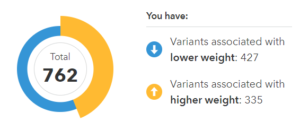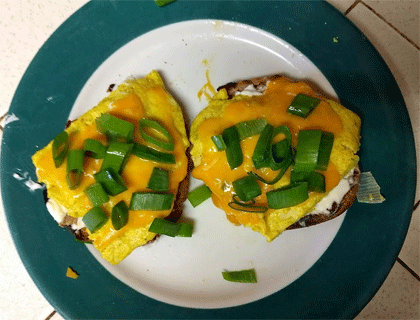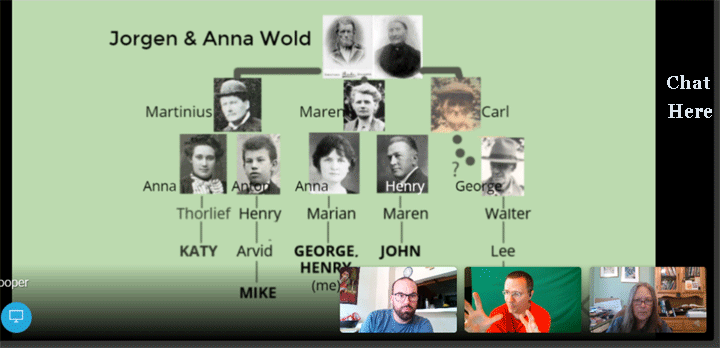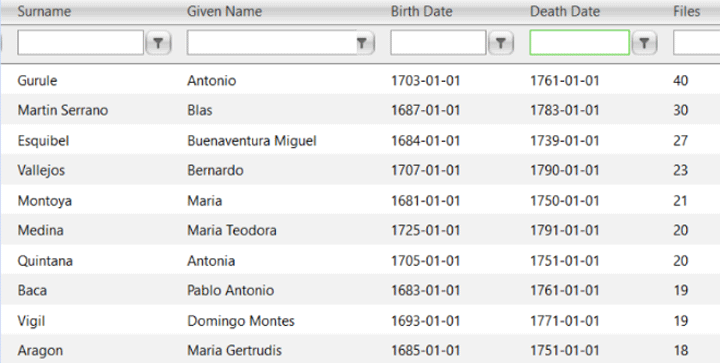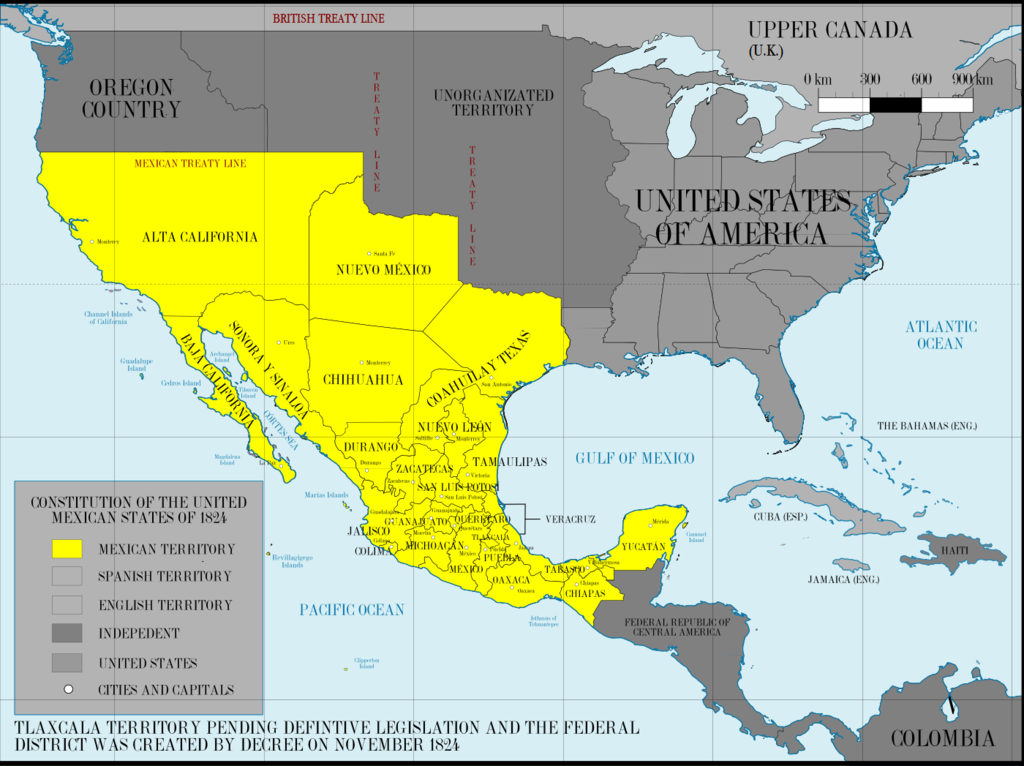UPDATE 18-AUG-2019: Although many of the concepts in this post are good to know and the ethnicity calculators are not changed. The GEDMATCH site has had a facelist and hes been replaced by what was previously called the GENESIS site. So better to read the following posts:
If you and a relative have tested your DNA at different companies, you can compare your results at a free third party site – GEDmatch.com – which also has many additional, useful tools for analyzing your DNA and looking at match lists. Learning to use those tools may take some time as they are not intuitive, so I am writing this post to help a friend, Barbara, start to use them.
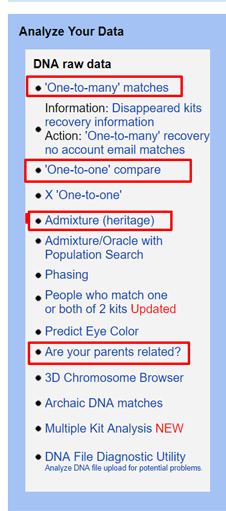 The GEDmatch site can be intimidating for the less computer savvy. Like most any place on the web, you have to register by creating a username (your email) and password . Click here for more details on registering in my GEDmatch Basics presentation starting on slide 2. Please do not be put off by the extensive new Terms of Service you have to agree to. GEDmatch has to meet the current EU requirements plus they need to warn you that your DNA could be used to identify a victim or catch a criminal among your relatives.
The GEDmatch site can be intimidating for the less computer savvy. Like most any place on the web, you have to register by creating a username (your email) and password . Click here for more details on registering in my GEDmatch Basics presentation starting on slide 2. Please do not be put off by the extensive new Terms of Service you have to agree to. GEDmatch has to meet the current EU requirements plus they need to warn you that your DNA could be used to identify a victim or catch a criminal among your relatives.
Once you have a username and password and log in, you are presented with a home page which, again, is not very user friendly. The first task, which we already did Barbara, is to upload your DNA test data. Start with this slide https://slides.com/kittycooper/gedmatch-10-13#/9 for the details of how to upload and manage your DNA results, known as kits, to GEDmatch.
The image to the left shows the big blue box, called “Analyze Your Data,” which you can find on the right side of your GEDmatch home page. I have put a red box line around the functions that I find the most useful. One of the first things I do for a newly uploaded kit is check if the parents are related (yours were not Barbara, nor Martin’s).
Once your kit is uploaded, it still has to be “tokenized” which you can think of as being put into chunks for the template they use for comparisons; this can take 24 hours or so. While you wait to be able to use your kit to look for matches, you can play with the ethnicity tools. Please remember that figuring out the groups you descend from is a science still in its infancy and far from accurate yet, other than in the broad strokes.
Start with Admixture (heritage). For most Europeans, the Eurogenes calculator is best and the default K13 is fine, but for those of us with mainly Northern European ancestors, K12 is better. I have a whole presentation on just these calculators at https://slides.com/kittycooper/gedmatch#/
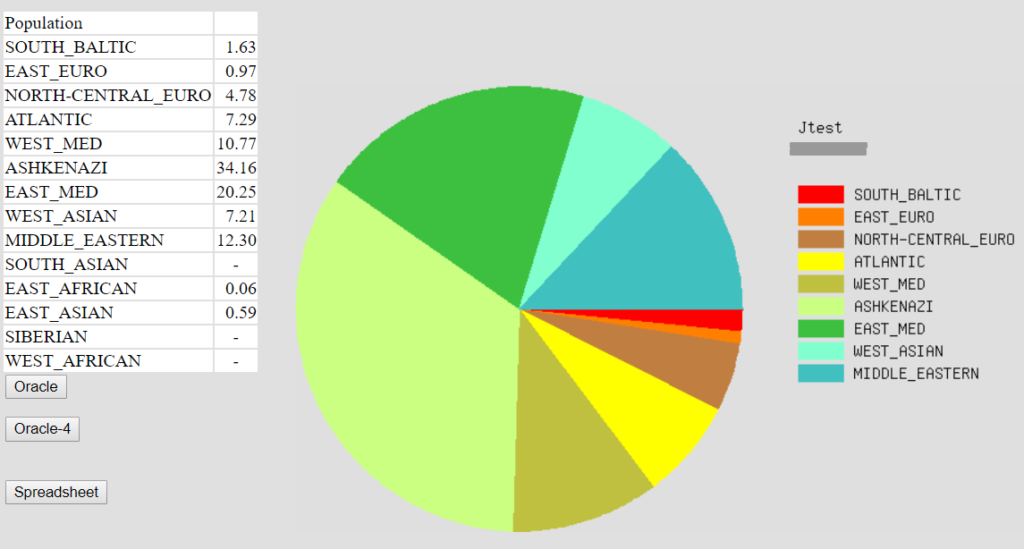 Although its creator has disavowed the Eurogenes Jtest calculator for listing your Jewish percentage (click here for his article), I find that if you add up all the obvious ethnicities: Ashkenazi, Western_Med, Eastern_Med, West_Asian, and Middle_Eastern, it is not that far off. The Jtest image above is from Martin, the only person I have ever seen AncestryDNA
Although its creator has disavowed the Eurogenes Jtest calculator for listing your Jewish percentage (click here for his article), I find that if you add up all the obvious ethnicities: Ashkenazi, Western_Med, Eastern_Med, West_Asian, and Middle_Eastern, it is not that far off. The Jtest image above is from Martin, the only person I have ever seen AncestryDNA call 100% European Jewish; most of my jewish friends come out between 87% and 98% there.
call 100% European Jewish; most of my jewish friends come out between 87% and 98% there.
Click here for the creator, Davidski’s Eurogenes blog posts on Gedmatch. Two important take-aways for me are that his ancestral clusters are much further back than the main companies and any ethnicity of 1% or smaller is likely noise.
Once your kit has tokenized, you can start using the most important tool, the One-to-many compare function which will compare your kit to all the kits in the database and then list your closest DNA relatives.
Continue reading →
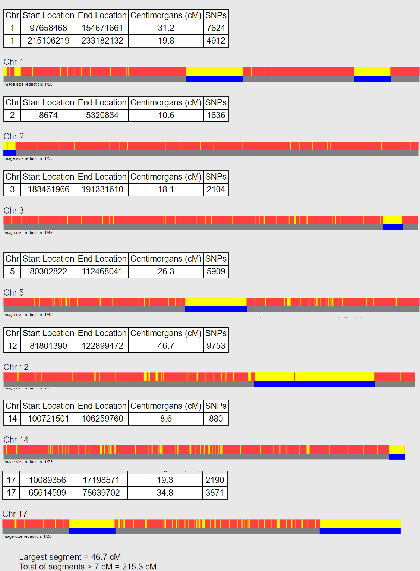 GEDmatch.com has a nice tool called “Are Your Parents Related” (AYPR) in the”Analyze Your Data” blue panel (middle right of page) which looks for places in the specified kit where the DNA is identical on both chromosome pairs, maternal and paternal. This happens when you inherit the same segment of DNA from each parent because they are related. We call this a homozygous run which is a fancy way of saying a stretch of identical DNA on both sides.
GEDmatch.com has a nice tool called “Are Your Parents Related” (AYPR) in the”Analyze Your Data” blue panel (middle right of page) which looks for places in the specified kit where the DNA is identical on both chromosome pairs, maternal and paternal. This happens when you inherit the same segment of DNA from each parent because they are related. We call this a homozygous run which is a fancy way of saying a stretch of identical DNA on both sides.